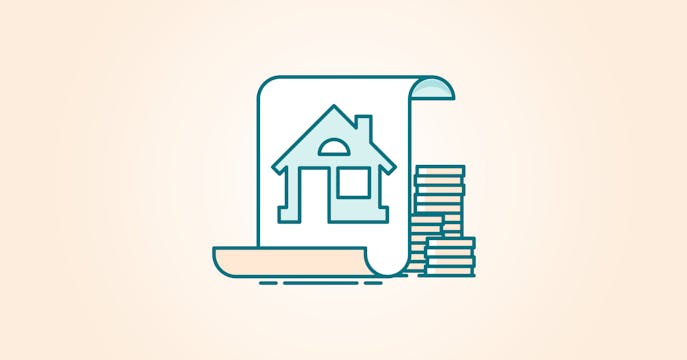What are the pros of getting an extended amortization?
Extended amortizations of up to 30 years are offered under certain circumstances to assist affordability and access to homeownership by spreading your mortgage amount out over more years to lower your monthly payments.
An extended amortization is a good option if you need to free up some monthly cash flow and are willing to trade that benefit for the additional mortgage payments and interest you would pay for that added time.
Note that an extended amortization is subject to financial or credit approval by the lender. Talk to one of our expert True North Mortgage brokers to help sort out your details.
What circumstances allow a 30-year amortization?
You may be able to extend your mortgage to 30 years if any of the following apply to your situation:
- Buying your first home or next home with a conventional mortgage loan (20% or more down payment)
- Buying your home with an insured mortgage (less than 20% down payment) as an eligible first-time home buyer
- Buying a newly built home with an insured mortgage
- Getting a Purchase Plus Improvements mortgage
- Refinancing to change conditions or terms, or for debt consolidation, renovation, or asset enhancement — if you have enough equity built up in your home
- If you're refinancing through an insured mortgage to use the funds to build a secondary suite (effective Jan. 15, 2025)
Can you get an amortization longer than 30 years?
If you have a mortgage with at least 80% LTV, you may be able to find an alternative lender who offers an amortization beyond 30 years (40 years or more isn't unheard of).
You'll likely pay a higher rate for the privilege, but the (extended) extension may lower payments enough to allow the budget room you need.
Why wouldn't you want an extended amortization?
If you want (or need) to have lower monthly mortgage payments to free up immediate cash flow, then a longer amortization will help you achieve that affordability.
However, it will cost you more interest. And extending beyond your original amortization means that if you want to switch lenders at renewal, your mortgage is qualified at the federal stress-test rate vs. the mortgage contract rate.
Let's take a look at a simple illustration of the potential added interest costs:
Home purchase price of $425,000 with a 20% down payment, 5-year term at 4.59%
- For example, let's say you'll keep this term and rate over a 25-year amortization — your monthly payment would be about $1,898, for $229,656 in total interest paid
- Extended over a 30-year amortization, your monthly payment would be about $1,732, for $283,585 in total interest paid
- You would pay $166 less per month with the extended amortization but would make payments for an additional 5 years and pay $53,928 more interest
Your mortgage situation is unique. Our highly-trained brokers can outline all the details to help you make a clearer decision based on your financial needs and goals.
What about shortening your amortization instead?
Despite the mortgage length you originally signed on for, there are many ways to shorten your amortization to save cash:
- Paying more down on your principal as you go, within your term's allowable prepayment privileges, can shorten your amortization and potentially save you (a lot of) money on interest costs.
- At renewal time, you may be able to put down a large lump sum or increase your monthly payment frequency to pay down your principal faster, thereby reducing your amortization.
Recast back to your original amortization during your term.
Some lenders, including True North Mortgage's in-house, CMHC-approved THINK Financial, may allow you to pre-pay amounts to your principal (within allowable limits to avoid a penalty) and then 'recast' your mortgage back to your original amortization (minus time served) for lower payments during your term.
Need a helpful mortgage renewal reminder? Get one here.
Need a better mortgage fit or a better rate to save you more? We're here for that, too, anywhere you are in Canada.




